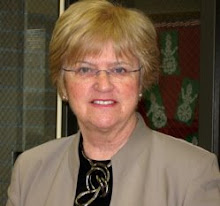Since November, I have had the pleasure of working with your Board of Education and its new members. One of the topics board members were interested in was just how does Ashford School communicate with parents? After surveying the staff it became abundantly clear that depending on the grade level, the subject, the audience one wants to reach, Ashford School has a multitude of ways in which we foster positive school to home communication.
There are many ways in which teachers deliver individual student information. The list varies according to grade level. The following are examples: phone call to parents, notes home, daily check sheets individual parent conferences by appointment, daily journals, student of the week letters, Student-parent shared-weekly challenges, team meetings with parents (grades 6-8), progress reports. With technology email is fast becoming a very effective and common form of communication.
News about classes may take on a different look. In the technology world we have Online Websites and weekly Email Blasts. Parent informational letters at the beginning of the year, daily newsletters, weekly or bi-weekly newsletters quarterly newsletters, and reminder notes on specific events are the many ways you can keep informed about what is going on in your child’s class.
A student knowing what their homework is, as well as parents knowing what student’s have for homework, has in many cases moved into technology too. There are online homework assignments, daily blogs, and weekly web pages as well as the more conventional forms such as daily, weekly homework forms, Homework planners provided to all students in grades 4-8 and homework folders.
And of course our 12-Kk Alert for school closings and other important information.
